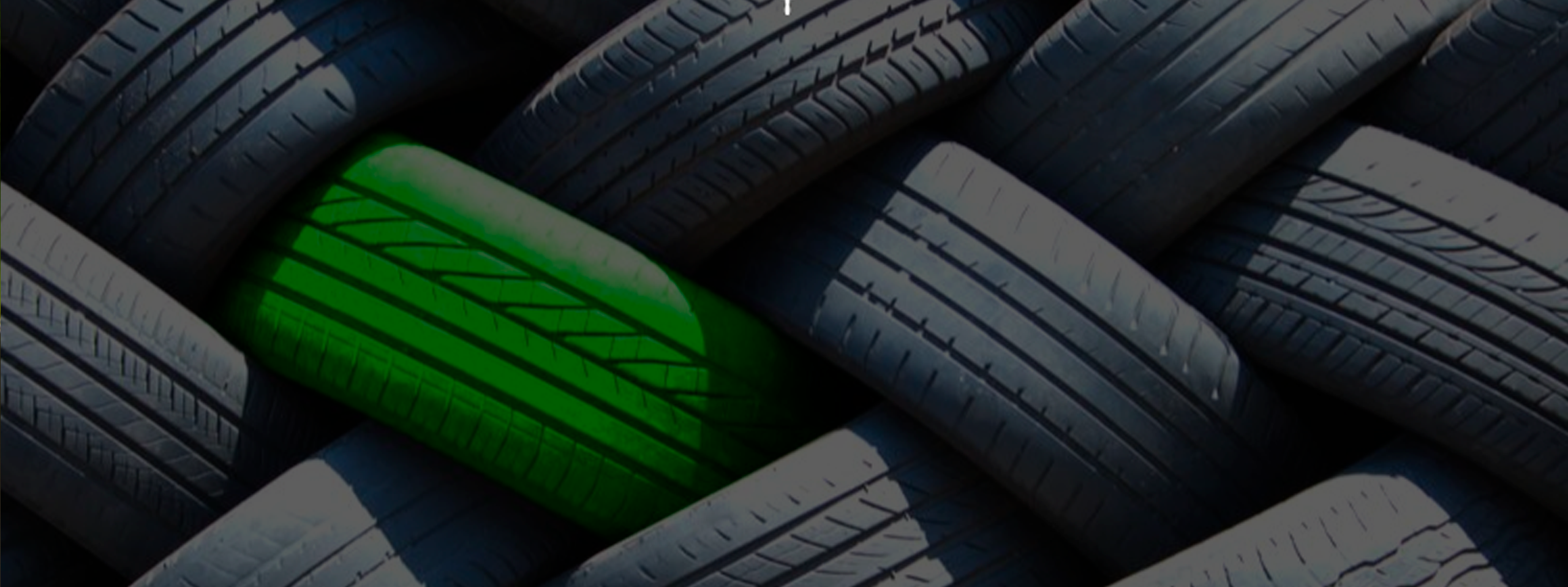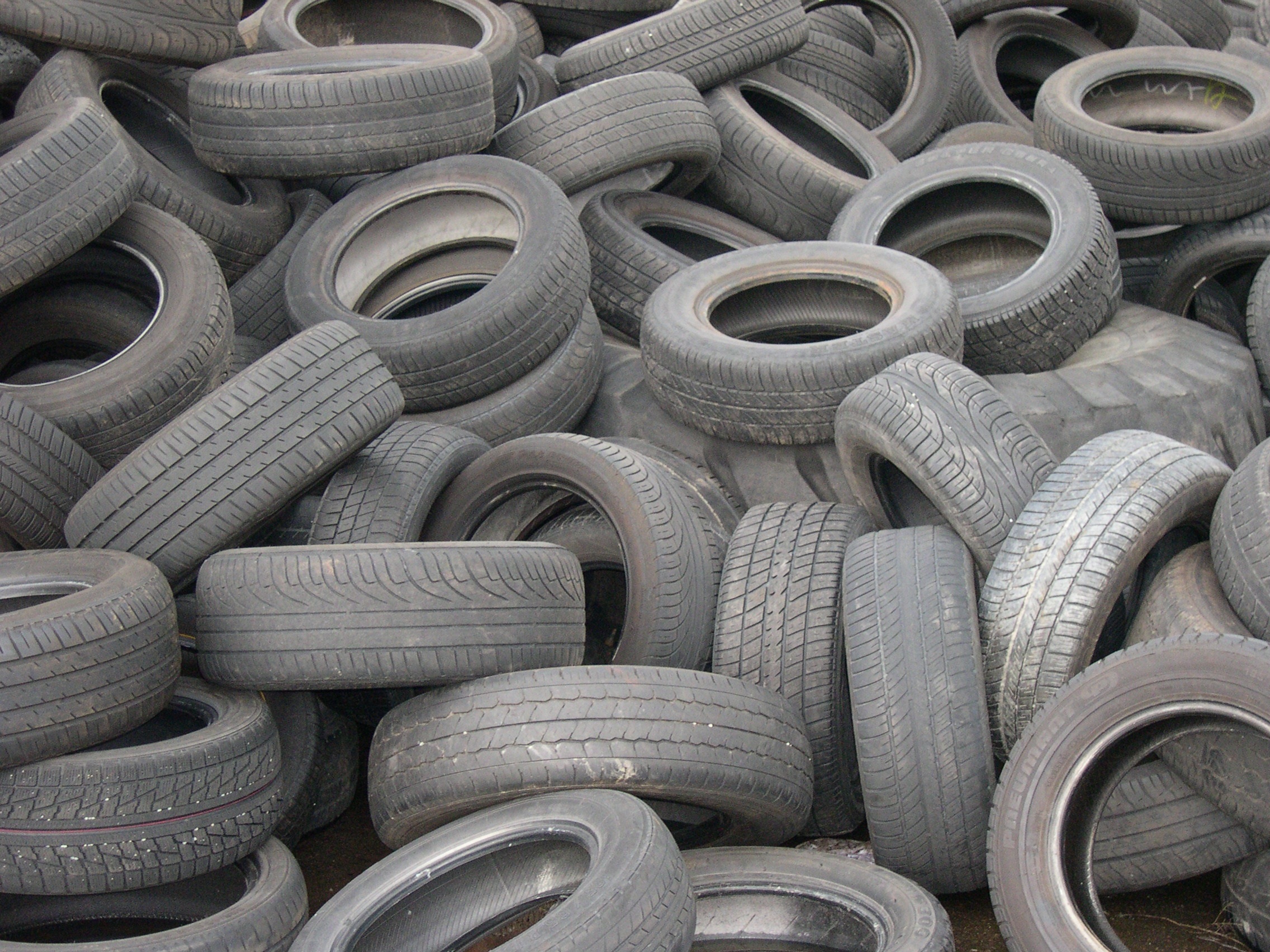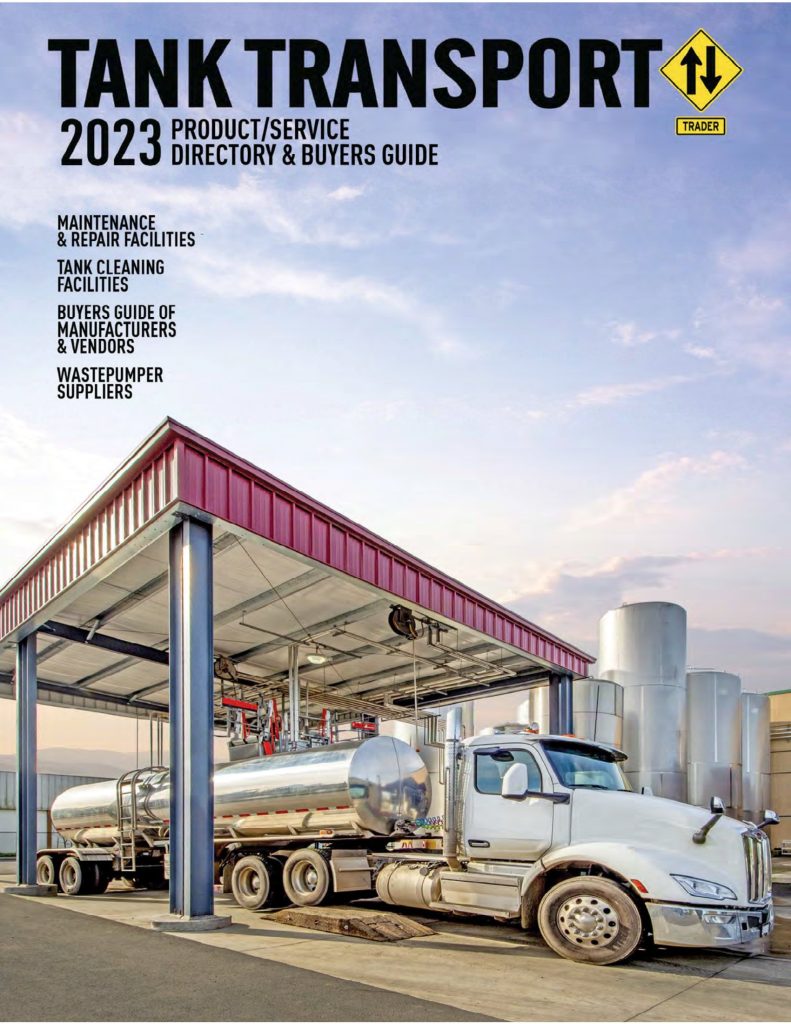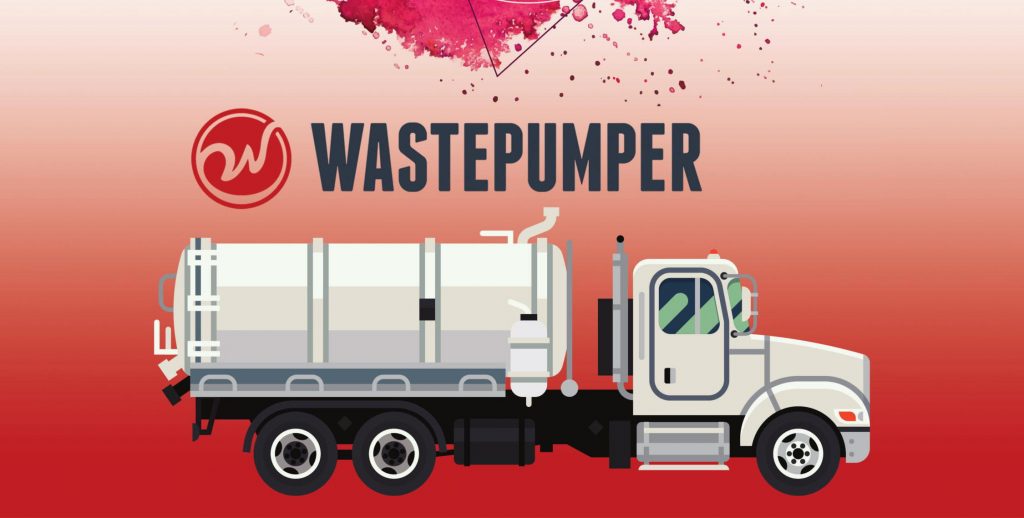Truckers overlook tires often leading to safety issues and increased maintenance cost
Driving a vehicle safely is a combination of several abilities. Hand-eye coordination and fine motor skills are likely a couple of the most important, but there’s a host of others. For example, vehicle maintenance; namely, changing a tire.

The survey revealed that 48 % of drivers don’t know how often to check tire pressure, including 3 % who believe they never have to check it; 53 % of drivers don’t know how to check tread wear to determine if tires show signs of damage and need to be replaced; and 53 % of drivers don’t know how often to rotate their tires.
U.S. Tire Manufacturers Association (USTMA) recently partnered with Discount Tire and Ipsos on a survey showing drivers lack knowledge about tire safety, specifically pressure, tread and rotation. The survey revealed that 48 % of drivers don’t know how often to check tire pressure, including 3 % who believe they never have to check it; 53 % of drivers don’t know how to check tread wear to determine if tires show signs of damage and need to be replaced; and 53 % of drivers don’t know how often to rotate their tires.
Proper inflation, how to find the manufacturer’s recommended inflation level, and how to properly use and read a stick gauge are sub-lessons in any tire crash course, as is when and how to rotate tires. Such lessons teach that once a tire has been removed, the spare should be put on and the front and back tires should be swapped. And this will need to be repeated every six months.”
Tire violations are among the top 5 vehicle out-of-service violations, according to industry studies. They ranked second the past three yeas, which means motor carriers have plenty of room to improve.

According to the American Trucking Associations’ Technology and Maintenance Council, running on a tire that’s underinflated by just 10 % can reduce fuel economy by 1.5 %. At 20 % under-inflation, in addition to lost miles per gallon, the effects include a roughly 30-% reduction in tire life.
Enjoying our insights?
Subscribe to our newsletter to keep up with the latest industry trends and developments.
Stay InformedAccording to the American Trucking Associations’ Technology and Maintenance Council, running on a tire that’s underinflated by just 10 % can reduce fuel economy by 1.5 %. At 20 % under-inflation, in addition to lost miles per gallon, the effects include a roughly 30-% reduction in tire life. About 90 % of tire blowouts are the result of under-inflation, according to industry studies, due to the increased stress and higher running temperatures experienced by an underinflated tire.
“Even if there’s a difference of just 5 psi between two tires on the same wheel-end, one tire winds up carrying a greater share of the load and doing more work,” said Guangning Zhao, Bendix
“Even if there’s a difference of just 5 psi between two tires on the same wheel-end, one tire winds up carrying a greater share of the load and doing more work,” said Guangning Zhao, product group director for anti-lock braking systems at Bendix. “As the tire assembly rotates, the tire with the lower pressure – being slightly smaller – will drag, causing premature wear and shortened tire life while increasing the odds of a blowout on the higher-pressure tire.”
Inflation is a key contributor to jackknife tractor accidents, said Bob Rutherford adviser to Auburn University’s transportation program.

Inflation is a key contributor to jackknife tractor accidents, said Bob Rutherford adviser to Auburn University’s transportation program.
Each year, USTMA sponsors Tire Safety Week — an initiative aimed at providing information on the essentials of proper tire care and maintenance. Clearly, an educational push is needed. According to USTMA’s survey, 70 % of drivers across the U.S. reported not checking tire pressure in the 30 days before striking out on a long-distance trip, despite the industry recommendation to do so at least once a month.
“Safety, stopping distance, fuel efficiency, operating costs, and tire life are all directly affected by running on properly pressurized tires,” said TJ Thomas, Bendix
“Safety, stopping distance, fuel efficiency, operating costs, and tire life are all directly affected by running on properly pressurized tires,” said TJ Thomas, Bendix controls marketing and customer solutions director. “Additionally, as a growing number of fleets and drivers discover the advantages of air disc brakes and advanced, integrated collision mitigation technologies, it becomes that much more important to remember that properly inflated tires are crucial to realizing the full performance benefits and protecting their investments.”
Fleets often also use TPMS system data to more effectively address issues such as tire failures on the road and frequent tire replacements, thus helping to shape a better tire strategy and maintenance plans. Even if drivers are equipped with an ATIS system, there’s no substitute for a stick gauge and a regular checkup.
“No technology on the road today is a replacement for a skilled, alert driver exercising safe habits and supported by proactive, comprehensive driver training, and safe operation of any vehicle remains with the driver at all times,” Thomas said.






















